Adaptive Equipment - Winter
- Two-Track – Two-tracking is for skiers with mild motor deficits or those who are visually or hearing impaired. A two tracker will use two skis. Other equipment may include; poles, tethers, tip retention device, or a visually impaired or hearing impaired bib.
- Three Track – Three-tracking is for skiers with one sound leg. A typical three-tracker is an above the knee amputee, but there are other people who three-track as well. The three-tracker will use one ski and a pair of outriggers.
- Four-Track – Four-tracking is for skiers with moderate motor deficits. Four-trackers may have disabilities such as cerebral palsy, spina bifida, multiple sclerosis, muscular dystrophy, or below the knee amputation. The four-tracker will use two skis and a pair of outriggers. Other equipment may include tethers or tip retention devices.
- Slider – Slider skiing is for skiers with moderate motor deficits or those with balance or strength deficits. Disabilities may include cerebral palsy, brain injury, stroke, or multiple sclerosis. The slider provides a very stable base of support for the skier and has an infinite number of adjustments to accommodate a variety of skiers. The slider skier uses a pair of skis and the slider. The slider is tethered from behind by an instructor and can be taken on the chair lift.
- Mono-Ski – Mono-skiing is for skiers who need to ski in a seated position. The skier must have good upper body strength and good sitting balance. A mono-skier may have lower extremity amputations, spinal cord injury, spina bifida or a neuromuscular disease. The mono-ski has a molded seat in a ski frame which is mounted directly onto a single ski. A mono-skier will use hand held outriggers. Most mono-skis have a lift assist mechanism to allow the skier to independently load a chairlift.
- Dual-Ski – Dual-skiing is for skiers similar to those who would use a mono-ski. The dual-ski seat and frame are mounted onto an articulating device mounted on two skis. This allows both skis to work together and provides a wider base of support. It has a lift assist mechanism for independently loading a chairlift. A dual-skier will use hand held outriggers.\
- Bi-Ski – Bi-skiing is for skiers who need to ski in a seated position. The bi-skier may have a more involved disability than a mono- or dual-skier. A bi-skier may have spina bifida, cerebral palsy, muscular dystrophy, spinal cord injury or brain injury. The bi-ski seat and frame are mounted onto an articulating device mounted on two skis. Adding fixed outriggers and/ or handlebars allow for a broader range of bi-ski participants. The bi-ski is often tethered and has a hinging mechanism that allows the bi-ski to be loaded and unloaded from the chairlift.
- Ski Bike – Ski bikes are for skiers who fatigue easily or who have mild motor impairments in the lower extremities. The ski bike is often used in a lesson after a few runs of skiing. The ski bike looks like a bike with short skis instead of tires. The skier sits on the seat and uses short skis on their feet.
